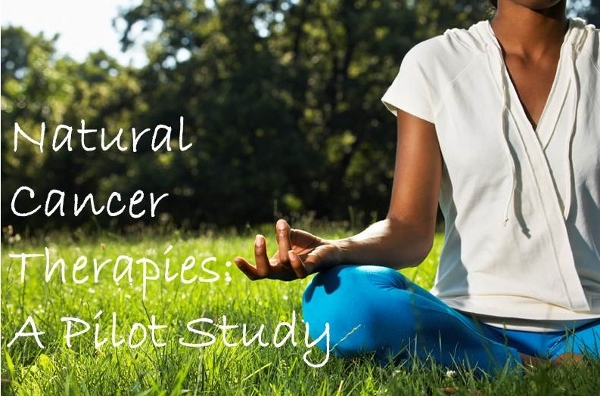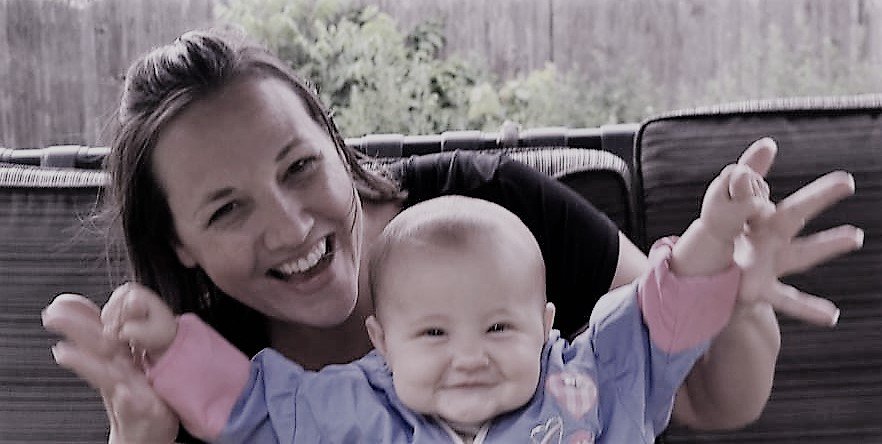Natural cancer Therapies:
A Pilot Study
A study in Japan looked at complementary natural cancer therapies for the treatment of patients with lung or breast cancer.
The science now shows that one measure of immune function was significantly increased following a 12-week regimen of gardening, walking in nature, practicing yoga, and participating in group therapy support sessions.
What Researchers Did
In this study, subjects attended a holistic intervention session once each week for 12 weeks. During each session, subjects walked freely through forested areas for 40 minutes, talking with each other. They also spent 90 minutes performing yoga poses, and gardened vegetables for 60 minutes. On five different dates during this 12-week protocol, subjects engaged in support group therapy for 60 minutes. Finally, subjects also performed yoga at home with the aid of a video every day.

To assess the benefits of these integrative practices, researchers surveyed the subjects before and after the 12-week session. One survey included questions that reflect quality of life in several dimensions: physical well-being, social/family well-being, emotional well-being, functional well-being, and spiritual well-being. Another survey assessed fatigue, while still another assessed overall health status. Finally, a fourth survey looked at each subject’s anxiety levels.
Of the most interest to this scientist was that the researchers also looked at Natural Killer cell function in each subject prior to these complimentary treatments, and after the 12 sessions.
Natural Killer cells are components of the immune system that, like all white blood cells, will attack and destroy infected cells. The special feature of natural killer cells is their ability to detect cells that are not infected, per se, but are unhealthy. They are known to attack tumor cells, for example.
What the Science Shows
Subjects who participated in the 12 session showed improved scores in the areas of functional well-being and spiritual well-being.
When looking at cancer-related fatigue, researchers looked specifically at those subjects with scores higher than the mean of a large group of cancer patients (307 patients) – ie: those who were experiencing more fatigue than average. Those subjects who had high levels of fatigue reduced their scores to below average by following this 12-week program.
Similarly, those who scored higher than average for cancer patients in anxiety, tension and confusion levels, reduced their scores to below the average following the 12-week complementary treatments.
Natural Killer cell activity was increased following 12 weeks of complementary treatments for cancer patients.
Some Things to Consider
All subjects resided in urban settings, and did not have access to walking in forested surroundings, or gardening outside of the interventional sessions.
All subjects underwent surgery for their cancer prior to enrolling in the study, and may have concluded their chemotherapy and radiation therapy regimens at least one month prior to the beginning of the study. None of the subjects were in a life-threatening situation.
It is important to note that this was not a randomized or double-blind study. It would be impossible for subjects to walk through the woods, or not, without knowing whether they had walked through the woods!
In addition, the experimental group included only 22 subjects at varying stages of cancer. No surveys were done to assess fundamental personality differences, and previous studies have suggested that individual differences in outlook may contribute to a patient’s healing pattern. The data was presented as an average for the group with standard deviations. A sample size this small does not allow the researchers to create any subgroups of those who responded well, moderately, or not at all. Instead, all of the data was pooled, for the most part. Clearly a larger study that includes more subjects would be desirable in order to tease out the nuances of who benefits most from these interventions.
We also don't know whether only one of the therapies, or which of the natural cancer therapies used was responsible for the changes recorded. Or rather, we do not know whether the effects depended on the complete program with all components.
But then again, when we’re talking about walking in nature, support groups, yoga, and gardening, it’s hard to see a reason to exclude anyone.
What do you think? Would you take up more gardening, yoga, and nature walks if it’s proven to improve your health? Or as natural cancer therapies? Please share below…
Reference
Nakau M, J Imanishi, J Imanishi, S Watanabe, A Imanishi, T Baba, K Hirai, T Ito, W Chiba, Y Morimoto. “Spiritual care of cancer patients by integrated medicine in urban green space: A Pilot study.” Explore: The Journal of Science and Healing. Mar-Apr 2013; 9(2): 87-90.
Return to Current Science News from Natural Cancer Therapies
Go to The Science of Natural Health Homepage from Natural Cancer Therapies
Note: This page may contain
affiliate links. You get the great product that I would recommend
anyway at the normal price, and I get a few pennies to to support my
love for Sharing the Science. You can check out my Privacy Policy, too.
I'm Zara, PhD
Hello. I'm a neurobiologist turned mother and business owner, sharing the science of natural health and putting it into practice. More...




New! Leave a Comment